The Complete Guide to Understanding the Roulette Table
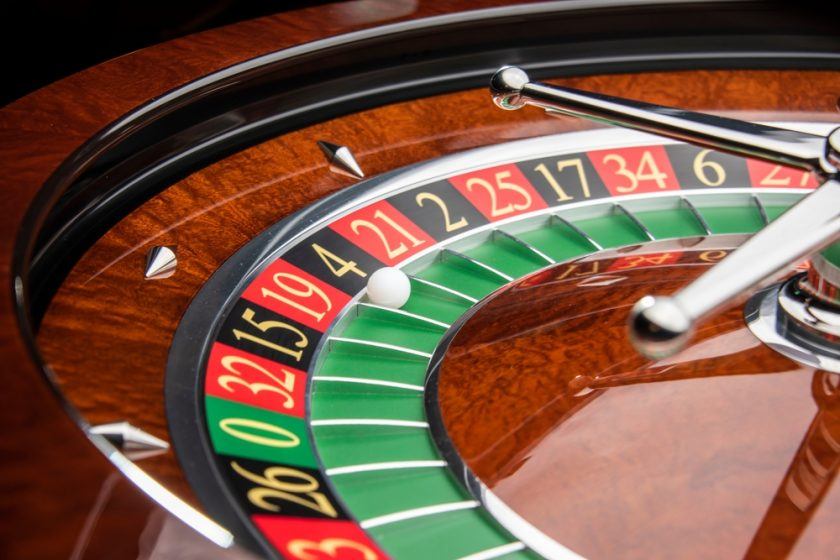
What Makes Up a Roulette Table?
Roulette is one of the most iconic and thrilling casino games, drawing players with its spinning wheel and multitude of betting options. At first glance, the roulette table and wheel may appear complicated, but grasping their setup is easier than it looks. Each roulette table consists of a wheel filled with numbered pockets, a green-clad betting layout, and an assortment of chips representing different players.
- Roulette Wheel Structure: The roulette wheel holds pockets numbered from 0 to 36. In American roulette, there is an additional green 00 pocket. Colors alternate between red and black, with green reserved for the 0 and 00.
- Roulette Variations: The main types include European (single zero), American (double zero), and French roulette. Other versions such as multi-ball, live dealer, and video roulette are also popular, each providing unique odds and gameplay.
- Betting Styles: Bets are divided into “inside” bets-covering six numbers or fewer-and “outside” bets which span larger groups of numbers. Newcomers tend to start with outside bets (like red/black or odd/even) due to their higher likelihood of success.
- How the Ball Works: Each round, a white ball spins in the opposite direction of the wheel. The winning number and color is determined when the ball comes to rest in one of the wheel’s pockets.
- Placing Bets: Players place colored chips directly on the betting mat to indicate their wagers. Depending on the bet-inside or outside-payouts vary, reflecting the wager’s complexity or inherent risk.
Decoding the Roulette Table Layout and Numbers
Roulette tables feature an arranged grid of numbers mirroring the pockets on the wheel, but the sequence of numbers on the wheel itself may appear random. For European and French roulette, the wheel has 37 pockets (0-36), while American roulette uses 38 (adding 00). The numbers’ positioning and the table’s layout both influence the betting strategy.
When approaching the table:
- The number grid displays numbers 1 to 36 in three sequential columns, with 0 (and 00 for American) on the side or top.
- Numbers alternate in color but also in parity and sequence, making it easy for players to locate certain betting opportunities.
- European and French versions have a single zero, offering better odds due to the house edge being lower than in the double-zero American format.
Sequence of Numbers on the Roulette Wheel
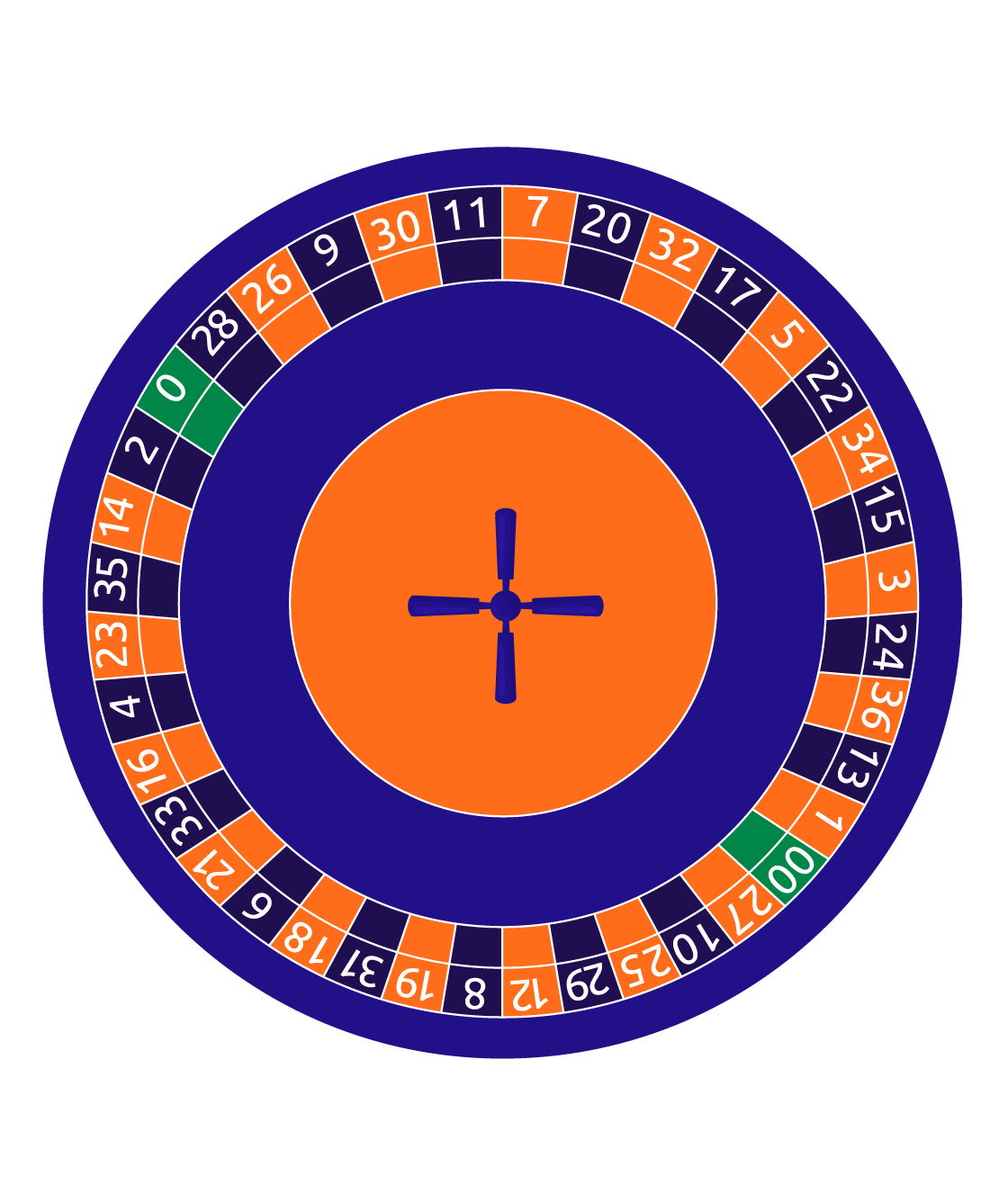
On a European (single-zero) wheel, you’ll find 37 numbers. The sequence on the wheel, as you move clockwise, is designed to balance red and black, odd and even, and high and low numbers.
Interesting patterns include:
- Both black and red pockets are spread evenly.
- Two consecutive low numbers (5 and 10) and two high numbers (26 and 32) sit apart, separated by zero.
- Besides zero, the wheel features pairs of even and odd numbers, arranged to keep the distribution balanced.
Although the order seems random, the design seeks to limit predictable outcomes and ensure the game’s randomness-central to the excitement of roulette.
How Many Numbers Are on a Roulette Table?
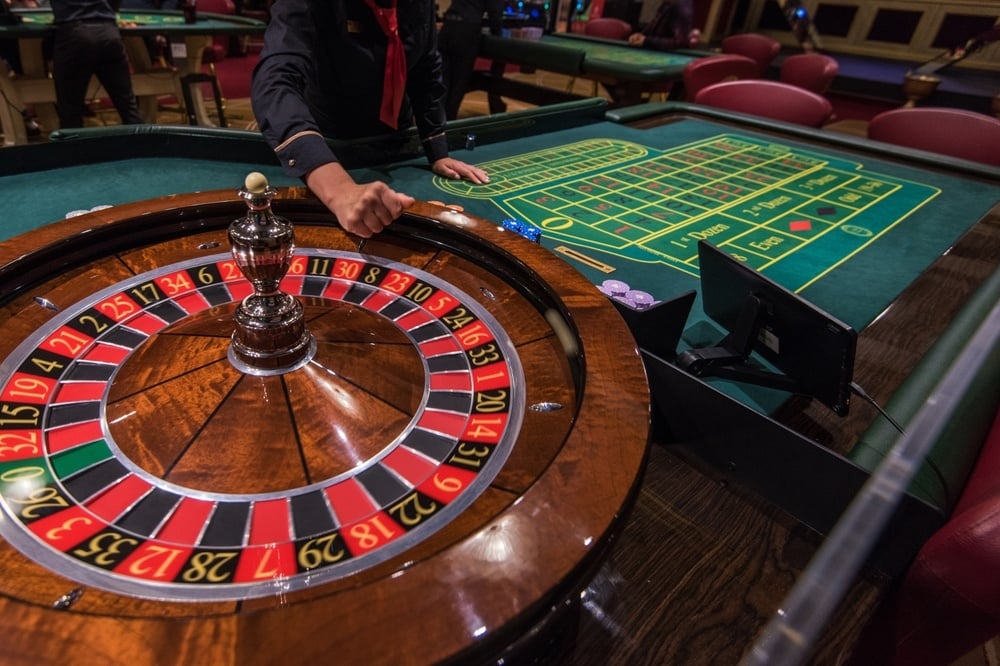
Image Credit: Olinchuk/Shutterstock
The amount of numbers on a roulette table matches those on its wheel. European and French roulette offer 37 numbers (0-36), while American adds 00, for a total of 38. Each unique number on the wheel is mirrored on the table layout, enabling bets on individual pockets or groupings.
It’s vital to note that as the number of pockets increases (i.e., with the addition of 00 in American roulette), the house advantage rises, impacting both your long-term odds and bankroll endurance.
Assessing the House Advantage Across Roulette Versions
The casino’s built-in advantage, or house edge, is a key consideration in roulette. It expresses, as a percentage, how much of all wagers the casino expects to keep over time. The presence of 0 or 00 pockets is what gives the house its edge.
Here’s how the different variants compare:
| Roulette Version | Pockets | House Edge | Special Rules |
|---|---|---|---|
| American Roulette | 38 (1-36, 0, 00) | 5.26% | None |
| European Roulette | 37 (1-36, 0) | 2.70% | None |
| French Roulette | 37 (1-36, 0) | 1.35% (on even-money bets) |
La Partage/En Prison |
The special rules in French roulette, such as “La Partage” and “En Prison,” allow players to retain or recover some of their wager if the ball lands on zero during outside bets, further lowering the house’s advantage.
How to Interpret the Roulette Table Layout
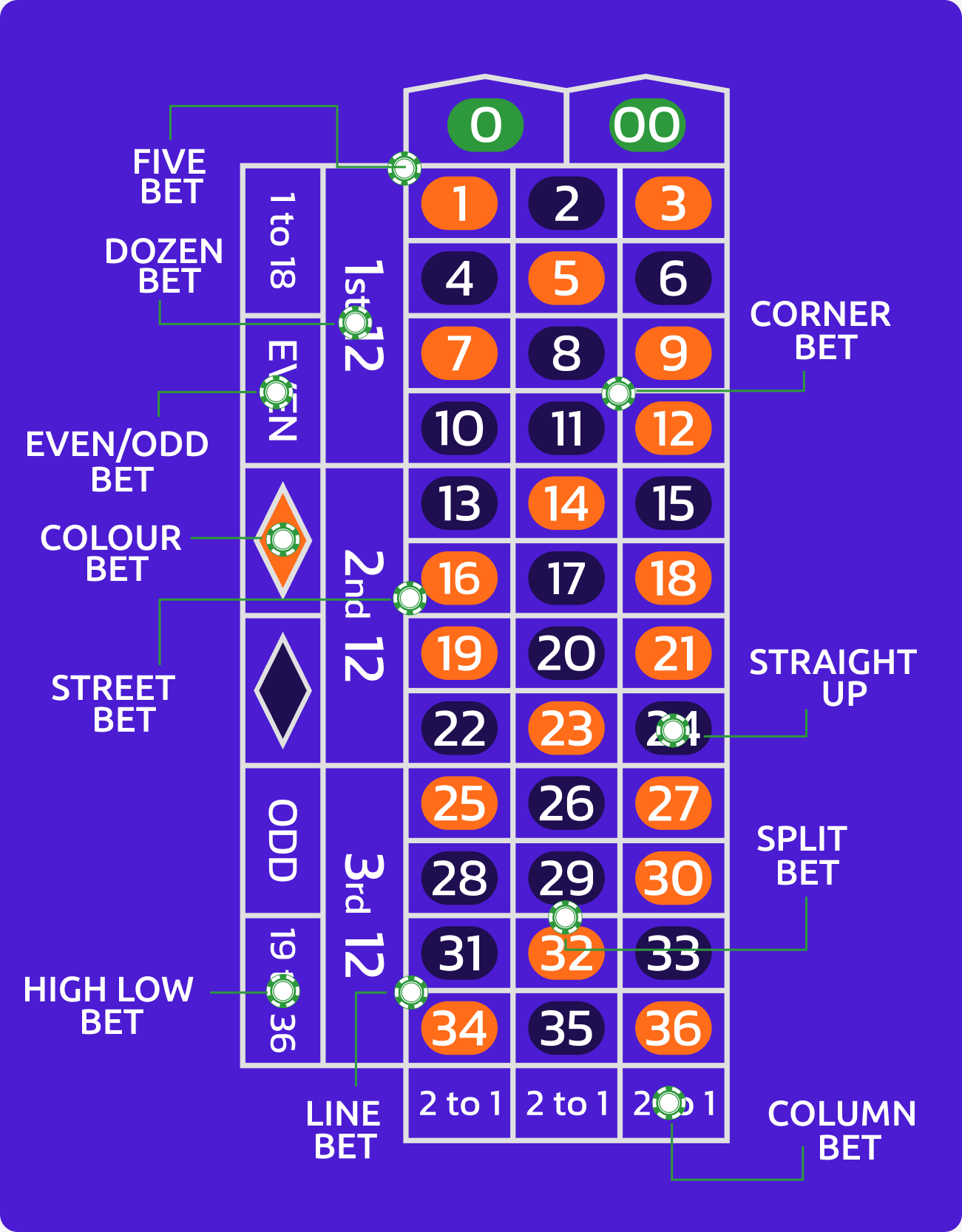
Roulette tables are typically coated with green baize. The key components of the layout include:
- Numbered Boxes: The grid features thirty-six numbers (1-36), split into three columns and twelve rows, with the 0 (and sometimes 00) set apart. Numbers alternate red and black and are further sorted as odd/even and high/low.
- Columns and Dozens: Each column and group of twelve (called Dozens: 1-12, 13-24, 25-36) presents a unique betting area, each paying 2-to-1 when successful.
- Outside Bets Area: Spaces for Red/Black, Odd/Even, and High/Low bets are arranged at the end of the table. These bets pay even money and cover broad groups of numbers, making them popular among beginners.
American roulette includes twin spaces for both 0 and 00, accounting for its heightened house edge.
Comparing the Three Traditional Roulette Wheel Types
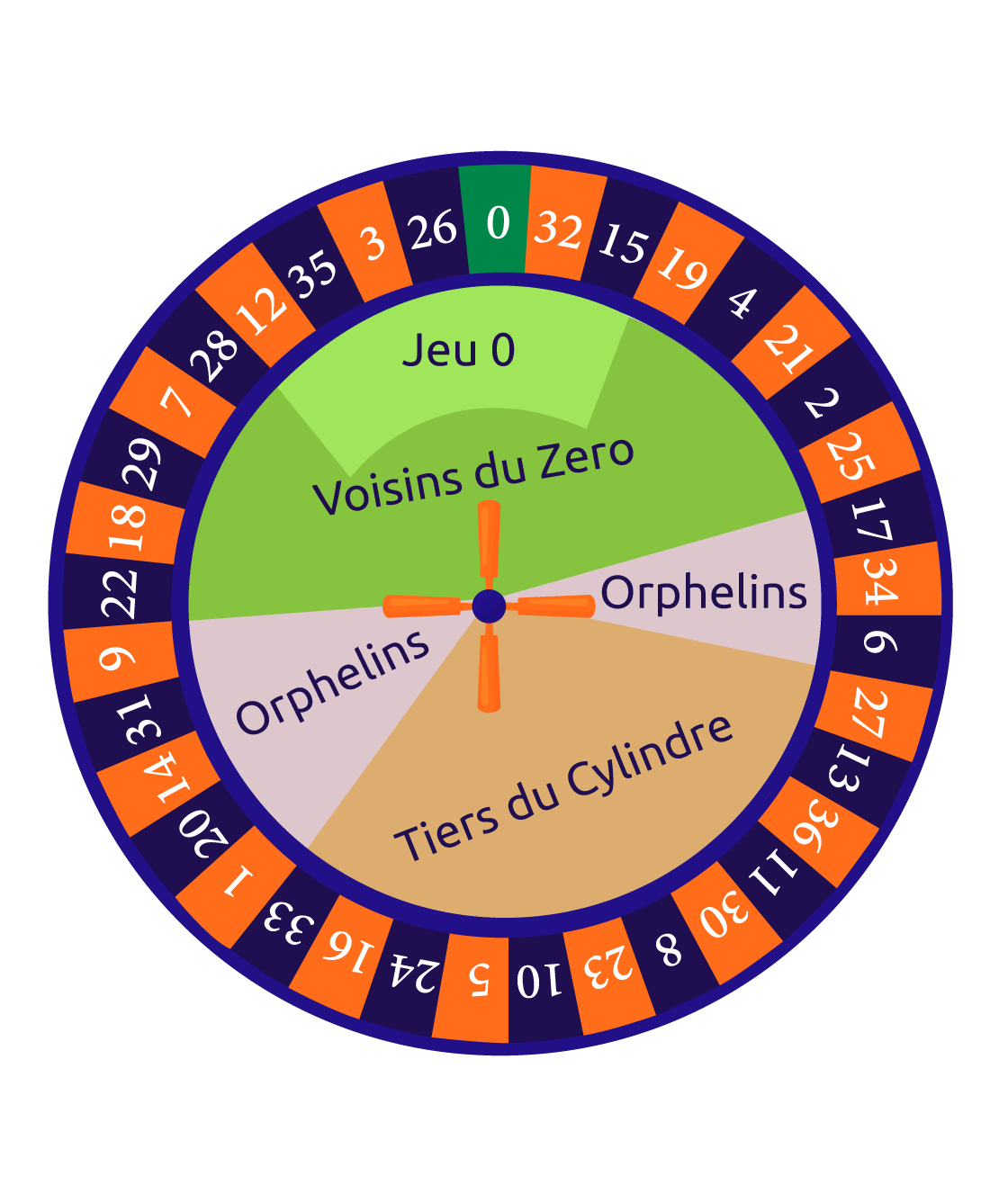
- European (Single Zero): Features numbers 1-36 plus a single green 0 for 37 total pockets.
- American (Double Zero): Adds an extra green 00, increasing the total to 38 and bumping up the house edge.
- French (Single Zero, Enhanced Rules): Mirrors European layout, but offers special rules for even-money bets-as a result, it boasts the most player-friendly odds when using La Partage or En Prison.
Exploring Bet Types on the Roulette Table
Outside of North America, most roulette games use the single-zero European layout, yet betting structures and odds remain mostly consistent between versions.
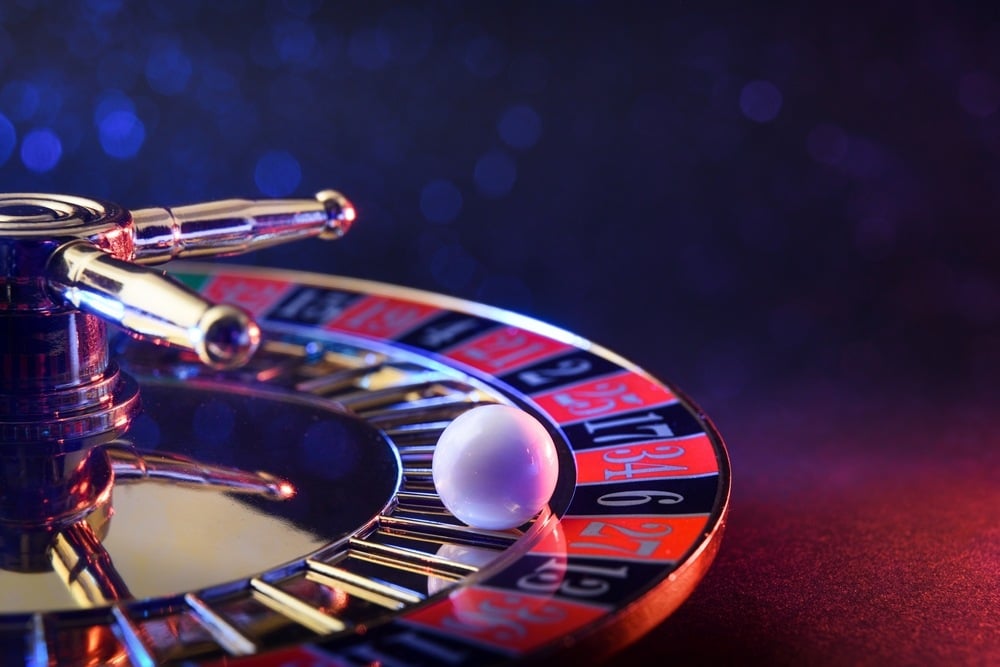
Image Credit: Davizro Photography/Shutterstock
- Even-money outside bets (Red/Black, Odd/Even, High/Low) pay 1:1.
- Column and Dozen bets pay 2:1 and cover specific blocks of numbers.
- Inside bets-including straight-up, split, street, corner, and basket bets-have much higher payouts, but the odds of winning are much lower.
- Unique bets like basket (0-1-2-3) and six line (covering two adjacent rows for a total of six numbers) add further nuance.
For reference:
- Single/straight-up bet: pays 35:1
- Split bet (two numbers): pays 17:1
- Street bet (three numbers): pays 11:1
- Corner/square (four numbers): pays 8:1
- Basket (0-1-2-3): pays 8:1
- Six line (six numbers): pays 5:1
Keep in mind that French rules for La Partage apply only to even-money outside bets, not to 2:1 bets like columns/dozens.
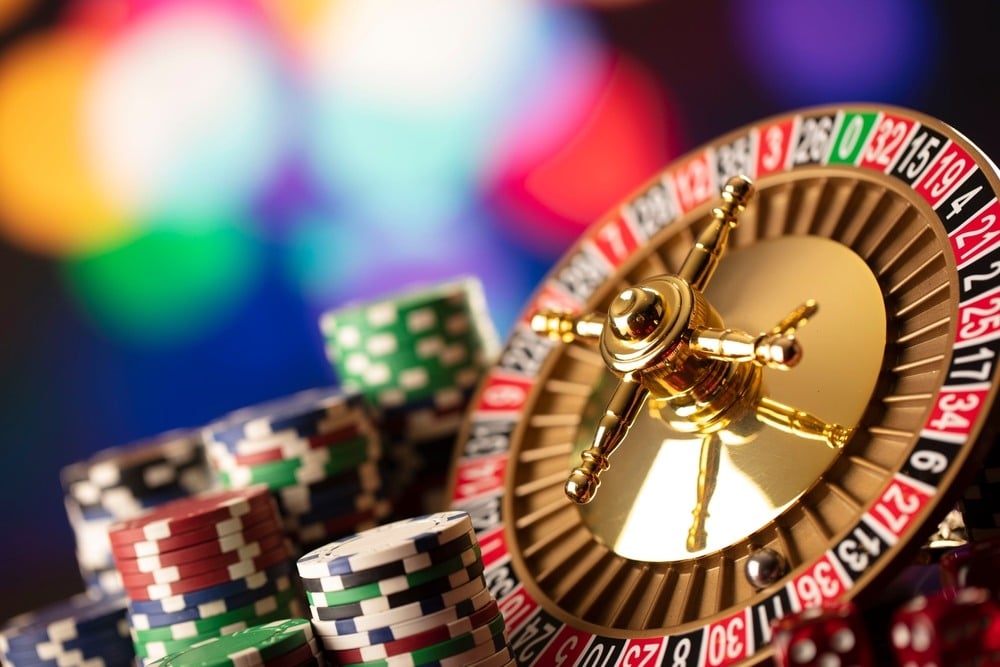
Image Credit: Stock Studio 4477/Shutterstock
Special Bets in French and European Roulette
Unique to French and European wheels are “announced” bets, which cover specific wheel segments rather than table groupings:
- Voisins du Zero: Covers the 17 numbers surrounding zero, including a mix of splits and corners from numbers 22 to 25 clockwise.
- Tiers du Cylindre: Spans a third of the wheel opposite zero-twelve numbers from 27 to 33.
- Orphelins: Consists of the eight numbers not included in either of the above sections, typically including bets on splits and straights like 1, 6, 9, 14, 17, 20, 31, and 34.
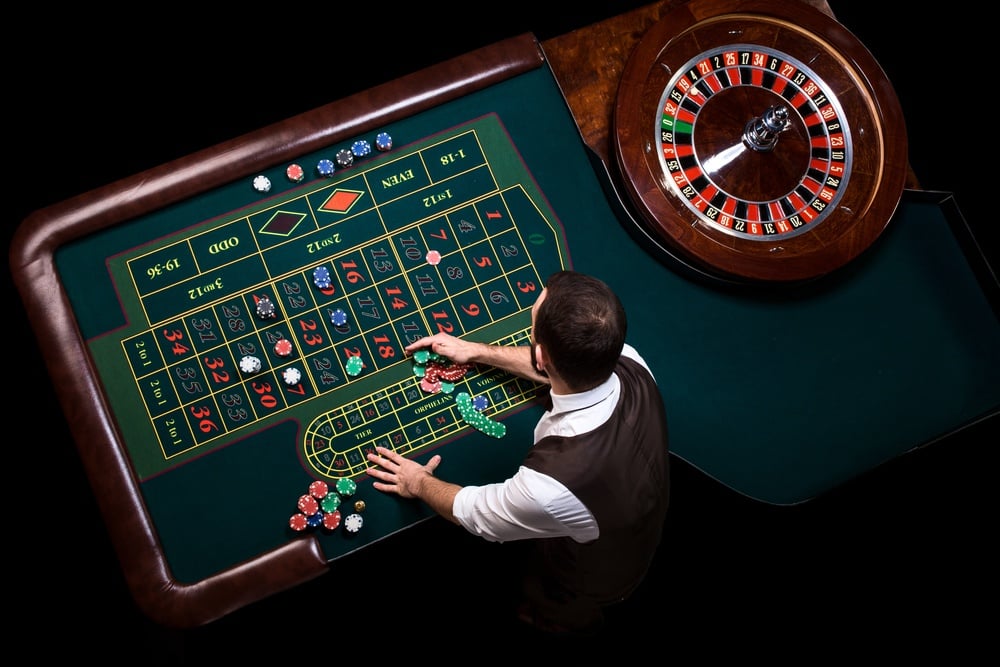
Image Credit: Nazarovsergey/Shutterstock
These bets are popular among experienced players for their unique coverage and can be found both in brick-and-mortar and select online games.
Popular Roulette Betting Strategies
Players often employ betting systems to try to beat the odds or manage their bankroll, even though no approach guarantees consistent wins. Here are some frequently used systems:
- Martingale: Double your bet after each loss to try to recoup past losses with a single win. This strategy can quickly become risky if a long losing streak hits your bankroll or the table limit.
- Reverse Martingale (Paroli): Increase bets after a win, with the aim of maximizing hot streaks but limiting losses during cold runs.
- D’Alembert: Increment bets by one unit after a loss and decrease by one after a win, offering steadier risk but potentially slower progression.
- Fibonacci: Build each new bet as the sum of the two previous bets, following the Fibonacci sequence, to spread risk gradually.
- Flat Betting: Stake the same amount every spin-an extremely cautious, disciplined approach.
Ultimately, roulette remains a game of chance and the house always maintains its advantage, no matter the strategy. Set a budget and remember to play responsibly.
Land-based vs. Online Roulette Table Experience
Playing roulette online offers unparalleled convenience-you can enjoy games any time, anywhere, without needing to visit a physical casino. Many platforms also provide:
- Auto-staking for repeat bets
- The opportunity to test strategies or chase lucky numbers
- Multiple game formats, including live dealer and automated wagering
This flexibility, combined with easy access to a broad variety of roulette versions, appeals both to newcomers and seasoned fans.
Understanding Payouts: Example Winnings on a Roulette Bet
If you place a $10 straight-up bet (on a single number such as 17) and the ball lands on your pick, you receive a payout of 35 to 1. Here’s how it works:
- Winnings: $10 x 35 = $350
- Total Return (including your original bet): $350 + $10 = $360
So, a $10 wager on a single number landing will net you $350 in winnings, plus your $10 bet returned for a total of $360.
Mastering the Roulette Table Layout
Gaining familiarity with the layout, the types of bets, and the odds attached to each can help you make informed wagering choices and preserve your bankroll. While it's exciting to chase the large payouts of inside bets, many players prefer the steadier returns of outside bets like red/black or columns and dozens. Start on games with favorable house odds, such as French or European roulette, to maximize your playing time and overall enjoyment.
Title Image Credit: MN84/Shutterstock













